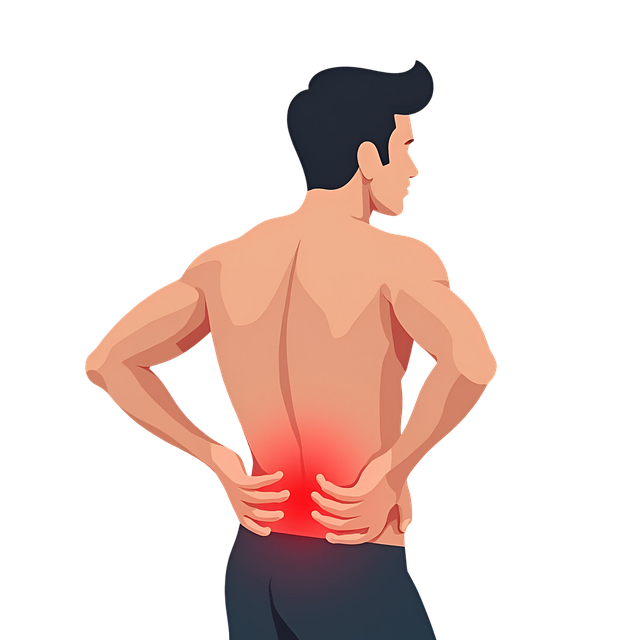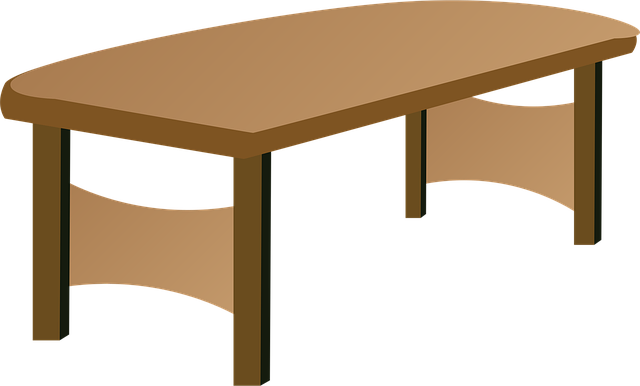Chronic pain sufferers increasingly opt for acupuncture, an ancient Chinese therapy using thin needles, as a safer alternative to opioids. Research validates its effectiveness in managing back, neck, and migraine pain by stimulating healing responses, altering brain pain signals, and reducing inflammation. Acupuncture offers a natural solution with minimal risks, appealing to those seeking long-term relief from joint pain conditions without medication side effects. Choosing the right acupuncturist specialized in chronic pain is crucial for optimal results.
Tired of chasing relief from back pain, neck stiffness, or other chronic aches? Discover how acupuncture can offer a drug-free solution. This ancient practice, now recognized for its effectiveness in modern times, targets specific points on your body to reduce pain and promote healing. Understanding chronic pain and how acupuncture works at a physiological level reveals its potential to alleviate long-term discomfort. Explore the benefits for common conditions, learn about safety guidelines, and find tips for selecting a qualified acupuncturist to embark on your journey to lasting relief.
- Understanding Chronic Pain and Its Impact
- Acupuncture: An Ancient Practice for Modern Times
- How Acupuncture Works to Alleviate Pain
- Benefits of Acupuncture for Specific Pain Conditions
- Safety and Effective Use of Acupuncture for Pain Management
- Finding a Qualified Acupuncturist for Your Journey to Relief
Understanding Chronic Pain and Its Impact

Chronic pain is a complex condition that significantly impacts individuals’ daily lives and overall well-being. It’s defined as pain persisting beyond the typical healing time for an injury or illness, often lasting for months or even years. This prolonged exposure to pain can lead to physical disability, emotional distress, and social isolation if left unmanaged. Many people struggling with chronic pain turn to opioids for relief, but these medications come with risks of addiction and side effects.
Acupuncture offers a promising alternative for managing chronic pain without the associated hazards of opioid use. This ancient Chinese practice involves inserting thin needles into specific points on the body, stimulating natural healing responses and altering pain signals sent to the brain. Research suggests acupuncture can be an effective treatment for various conditions, including back pain, neck pain, and migraine headaches, providing non-opioid pain relief and reducing inflammation.
Acupuncture: An Ancient Practice for Modern Times

Acupuncture, an ancient practice that originated in China thousands of years ago, has evolved to become a modern alternative for those seeking relief from chronic pain. In today’s world, where people are increasingly looking for drug-free methods to manage discomfort, acupuncture stands out as a safe and effective treatment option. This traditional therapy involves inserting thin needles at specific points on the body, known as acupuncture points, which have been shown to stimulate natural healing responses and promote balance within the body’s systems.
For individuals grappling with back pain, neck pain, sciatica, or joint pain, acupuncture offers a unique approach to inflammation treatment. By targeting these sensitive areas, acupuncturists can help alleviate pain, reduce muscle tension, and improve mobility. Many modern studies have backed up ancient insights, demonstrating the potential of acupuncture as a powerful joint pain therapy. This holistic method addresses the root causes of pain rather than merely masking symptoms, making it an appealing choice for those seeking long-term relief from chronic conditions without the side effects associated with medication.
How Acupuncture Works to Alleviate Pain

Acupuncture works by stimulating specific points on the body, typically using fine needles inserted into the skin. This process activates the body’s natural pain-relieving systems and triggers a healing response. By targeting these acupoints, acupuncture can effectively reduce inflammation and block pain signals to the brain. Chronic pain conditions like back pain, neck pain, sciatica, and migraine headaches can all be significantly alleviated through this ancient practice. Non-opioid pain relief is achievable without relying on medication, making acupuncture an attractive alternative for those seeking drug-free options.
Benefits of Acupuncture for Specific Pain Conditions

Acupuncture has proven to be a highly effective non-opioid pain relief solution for individuals suffering from chronic pain. When it comes to specific conditions like back and neck pain, this ancient therapy offers remarkable results. By stimulating specific points on the body, acupuncture can effectively target not only the source of pain but also reduce associated inflammation. Many patients have found relief from acute and chronic joint pain therapy through regular sessions, leading to improved mobility and a better quality of life.
For back pain sufferers, acupuncture can provide a natural alternative to prescription medications. It helps relax muscles, improves spinal alignment, and reduces nerve compression. Similarly, for neck pain, it can ease tension, promote blood flow, and alleviate stiffness. As an inflammation treatment, acupuncture is also beneficial in managing conditions like arthritis, tendinitis, and fibromyalgia. By addressing the root causes of pain instead of merely masking symptoms, acupuncture offers a drug-free approach to pain management.
Safety and Effective Use of Acupuncture for Pain Management

Acupuncture has established itself as a safe and effective method for managing chronic pain, offering an appealing alternative to medications for those seeking non-opioid pain relief. This ancient practice involves inserting thin needles into specific points on the body, known as acupressure points, to stimulate natural healing responses. With its ability to target both the symptoms and underlying causes of pain, acupuncture has gained popularity in treating various conditions, including back pain, neck pain, sciatica, and even migraine headaches.
The safety record of acupuncture is well-documented, with minimal risks associated when performed by a qualified and licensed professional. Unlike prescription drugs, which can have side effects and potential dependencies, acupuncture treats the body holistically without the adverse consequences often linked to pharmaceutical interventions. This makes it an excellent option for individuals looking to avoid opioids or explore complementary pain management strategies.
Finding a Qualified Acupuncturist for Your Journey to Relief

When embarking on your journey to relief from chronic pain through acupuncture, finding a qualified and experienced acupuncturist is paramount. Look for practitioners who specialize in treating conditions such as migraine acupuncture, sciatica acupuncture, and joint pain therapy. Ensure they have the necessary certifications and are registered with relevant professional bodies. Ask for recommendations from friends or family members who have had positive experiences with acupuncture.
Additionally, consider factors like the acupuncturist’s approach to treatment, their communication skills, and the overall comfort level you feel during your consultations. A good practitioner will take the time to understand your specific needs, symptoms, and lifestyle before designing a personalized treatment plan tailored to your chronic pain issues.
